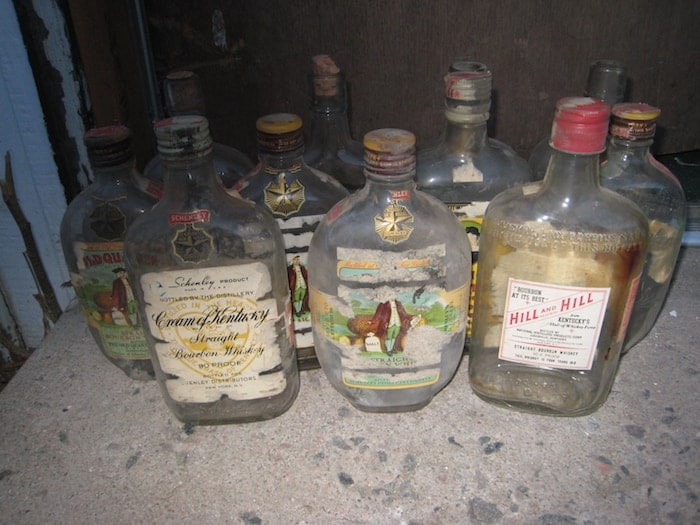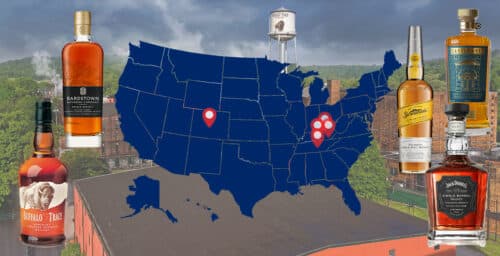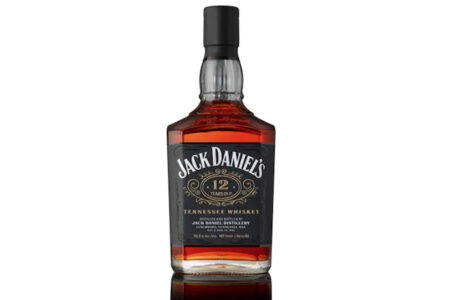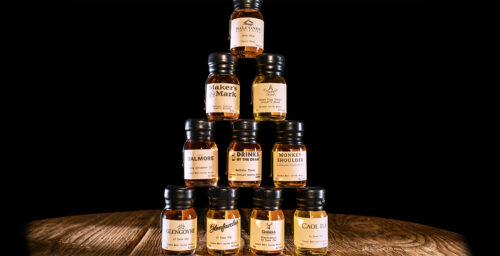Editor’s Note: In part two of his republished with permission from the distillery blog guest post on The Whiskey Wash, Journeyman Distillery’s Nick Yoder digs deeper into the sometimes controversial issue of whiskey age statements.
No, that’s not the name of a Kentucky ballet company’s interpretation of Swan Lake. It’s a term used to describe the one-time whiskey surplus just a few decades ago. We’ll get to that in a bit.
Last time I discussed how age statements are misleading, often confused with quality and rarely tell the entire story. Unless you know all the factors behind the whiskey, like grain bill, barrelling proof, barrel size, climate and a few dozen more, the age of a whiskey can only tell you so much. In this post we’ll explore how we got to the point of whiskey aged for two decades, how marketers used a surplus to an advantage and the one thing that age actually does always mean.
You’ve probably never heard of Lewis Rosenstiel or the Schenley Distillers Corporation, at one time one of the world’s largest liquor companies. According to Reid Mitenbuler’s fascinating new book, Bourbon Empire, Rosenstiel was one of the driving forces behind an act that led to longer aging times for bourbon.
During the Korean War, Rosenstiel feared that rations would cause whiskey shortages like those experienced in World War II. To get a jump on the perceived problem, he ramped up production. The increased production created enough whiskey to meet national demand for nearly eight years. Rosenstiel had made a mistake, though. The rations and the shortage never happened.

Rosenstiel now faced a different problem. The law at the time only allowed whiskey to be aged eight years, at which time taxes were paid and the whiskey was either sold or destroyed. With so much supply in excess of demand, Rosenstiel feared that selling his vast stocks of older bourbon (his competitors estimated that he controlled two-thirds of the country’s older whiskey stocks) would likely have to be done at a loss, creating an overall lowering of prices and a price war from which the industry might never recover.
Rosenstiel realized he could avoid this problem and spin it to his advantage, if only he could get the laws changed. And, if that happened, he had plans to market his bourbon lake of old whiskey as a luxury product. He successfully lobbied for longer aging times and in 1958 the Forand Act was passed, making whiskey taxes due at twenty years.
This bought Rosenstiel time to deplete his surplus and allow demand to catch up to supply. At the same time it also allowed him to age his whiskey longer and establish a market for older whiskies that had never existed before. With these old whiskies marketed as luxury goods from the start, the perception has existed to this day.
In the 80s and 90s, whiskey consumption hit an all time low in the United States, once again creating surpluses of whiskey that would have to be aged for long periods of time because it wasn’t being sold. This was reflected by the massive amounts of whiskies released in the new millennium with age statements easily north of the old eight year limit.
So until 1958, whiskey aged over eight years in the United States didn’t even legally exist. And the aging time was not increased to create a better product. It was purely a way to combat a gigantic mistake and deal with a surplus. Then, to offset the costs of aging whiskey for such long periods of time, these new ultra-aged whiskies were marketed as luxury goods to charge higher prices.
Because that’s the one thing that is always definitively true about older whiskies. They are expensive. They have to be, for multiple reasons. There is a cost to sitting on a barrel of whiskey for that many years instead of selling it at an earlier time. Evaporation of the spirit, the “Angel’s Share”, decreases the amount of spirit in the barrel. What was once a full barrel is not even halfway full by the time it’s dumped after a decade or two.
The supply of this old whiskey is nowhere close to the demand for it. This shortage causes prices to rise higher and higher. Those high prices do not necessarily signal quality, only that the law of supply and demand exists.
Whiskey can be great at nearly any age. Myriad other factors determine the time a specific whiskey must spend in the barrel. Smaller barrels require less time. More constant climates require more time. The quality of the cuts, the char level of the barrel, the final desired flavors and other factors all have an influence. But the one thing that longer time always means is higher price. Don’t let one man’s mistake in the 50s guide your perceptions today.








